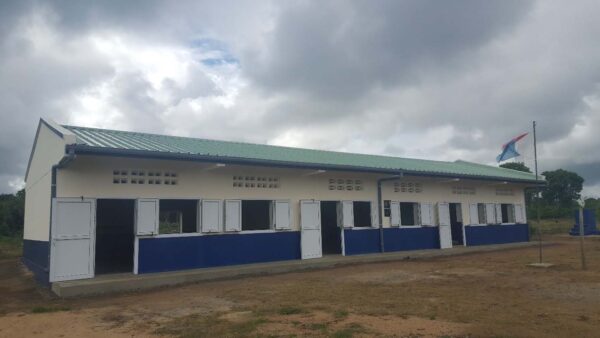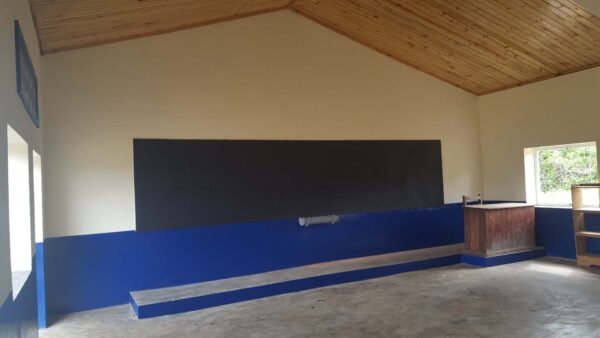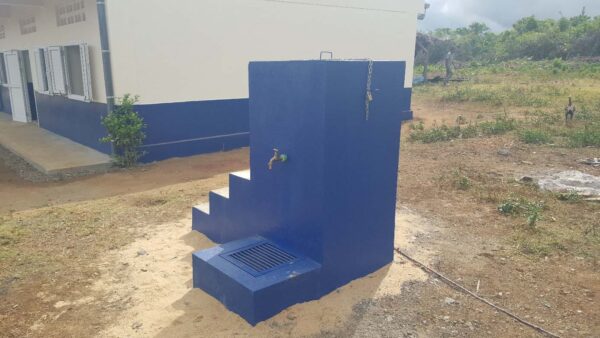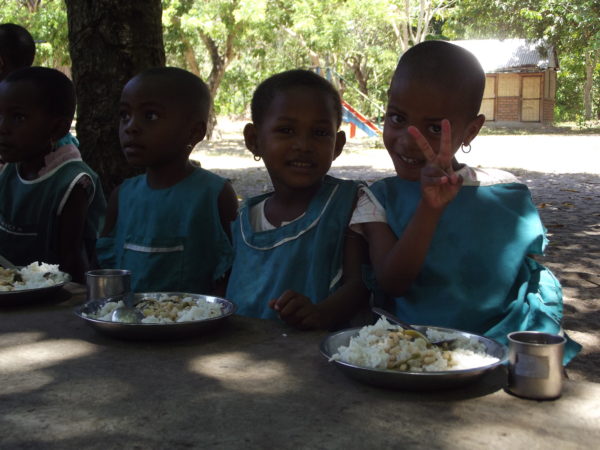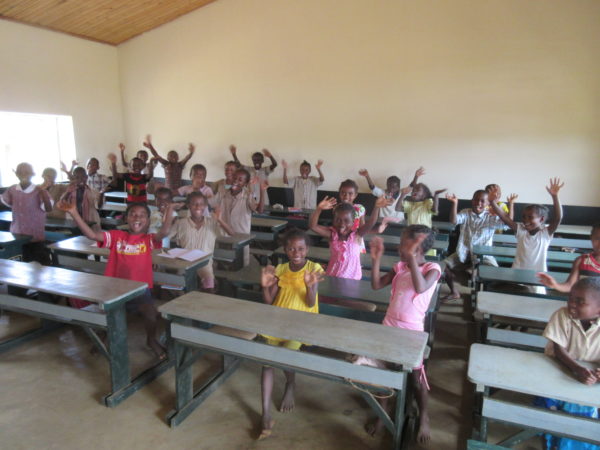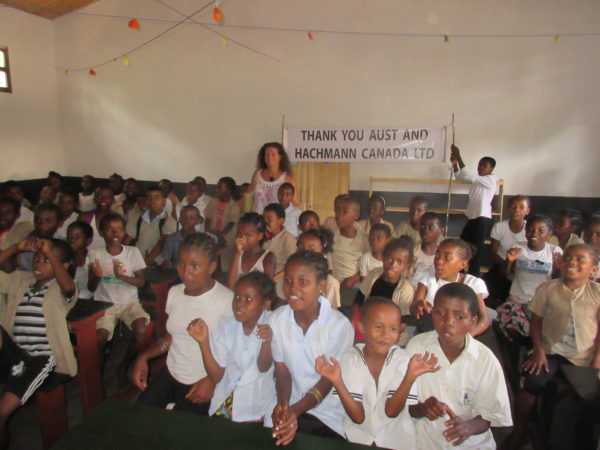2014 – Primary School – Antsahabe
Update: November 2016
Location: The village of Antsahabe is located on the outskirts of the town of Sambava in Sava Region, a drive of about 30 minutes. Access is by air from Antananarivo – a flight time of about two hours.
Before projet
BRIEF PROJECT OUTLINE
Rationale
Since 2009 Madagascar has experienced serious political tension and social unrest. According to the World Bank 92% of Madagacar’s 22 population lives in abject poverty on incomes of less than US$1 (60 pence) a day. And a recent United Nations Development Programme report stated that Madagascar is the third poorest country on earth in terms of food insecurity and school attendance – after only Afghanistan and Haiti.
Like most villages in rural areas the population of Antsahabe lives in extreme poverty. The majority of people in this deprived community are engaged mainly in vanilla and spice growing and live in harsh and primitive condition – reflecting the extreme poverty that exists throughout Madagascar. Typical of most villages in rural areas, children access the school on foot – some of them travelling a considerable distance – with nothing to eat or drink between leaving home and returning from school several hours later. This, and the conditions at the school and the lack of capacity results in many parents keeping their children at home, and they receive no formal education.
Antsahabe Primary School, consisting of two classrooms, was built in 2000 using timber and straw with funds raised by the Association of Parents to accommodate the increasing number of school age children in Antsahabe and neighbouring villages.

The school has two teachers – whose monthly salaries of Ariary 20,000 (approximately US$9 a month are paid by the government. But at the time of the visit, due to the political and economic crisis, neither teacher had been paid for five months, and were totally dependent on whatever little could be raised in “fees” paid by the parents of children attending the school.
The school is in very poor condition. When it rains water streams down through the straw roof onto the children and their books, and they have to be sent home. This greatly reduces the number of teaching hours possible – with clear consequences for exam results. In addition, the area around the school is flat and subject to flooding – frequently making access difficult.
At present, due to shortage of space, many children are taught in classrooms that accommodate classes of two different levels, creating confusion and reducing the effectiveness of the teaching. In addition, some children can only attend school in the morning and the rest in the afternoon. But this too reduces the number of hours available for lessons, and teachers have difficulty in completing the school syllabus and achieving the normal 27 ½ hours a week – which has a negative effect on exam results.
The land on which the school stands is the property of the Ministry of Education.
Objectives
- to build three new cyclone-proof classrooms that will be light and welcoming but provide basic facilities.
- to equip them with school benches and desks for the teachers.
- to build a three compartment Ventilation Improved Pit (VIP) latrine.
BEFORE
AFTER
Main Inputs
The project has been visited and evaluated on the spot in discussion with local community leaders, and the community’s efforts to help themselves merit encouragement and support
Main Outputs
This community has shown its willingness to educate its children. Their full cooperation and participation is assured. Replacing the existing school is greatly needed, and will be appreciated. Giving the community better access to basic education will in due course make an important contribution to development, better living conditions and the fight against poverty.

